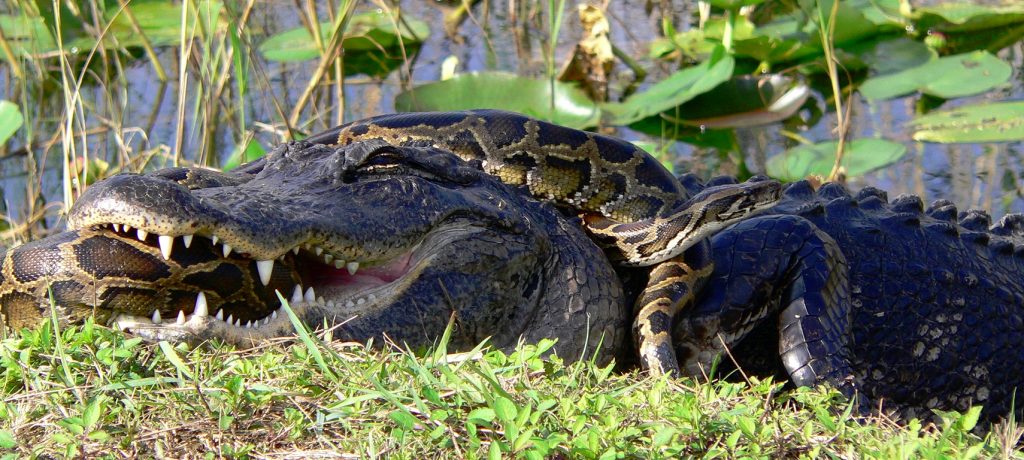
The Sunshine State isn’t just for vacationers and retirees — it’s home to a variety of misplaced invasive species from around the globe.
The next time you visit Florida, there’s a good chance you may encounter one of these creatures:
Giant African Land Snails
Native to Kenya and Tanzania, these colossal snails have a voracious appetite for food and can reproduce easily. The snails were initially imported to Florida from Hawaii in 1965 by a young child that snuck 2 into his pocket. Later, others were imported to Miami for their supposed healing properties.
Unfortunately, the snails have an unusual taste for stucco siding, and will literally eat your house. The stucco is calcium-rich, and they use the material to build their enormous shells. They’ve also been known to puncture car tires with their probosces, and they often harbor parasites that can transmit meningitis to humans. Yikes.
Cane toads
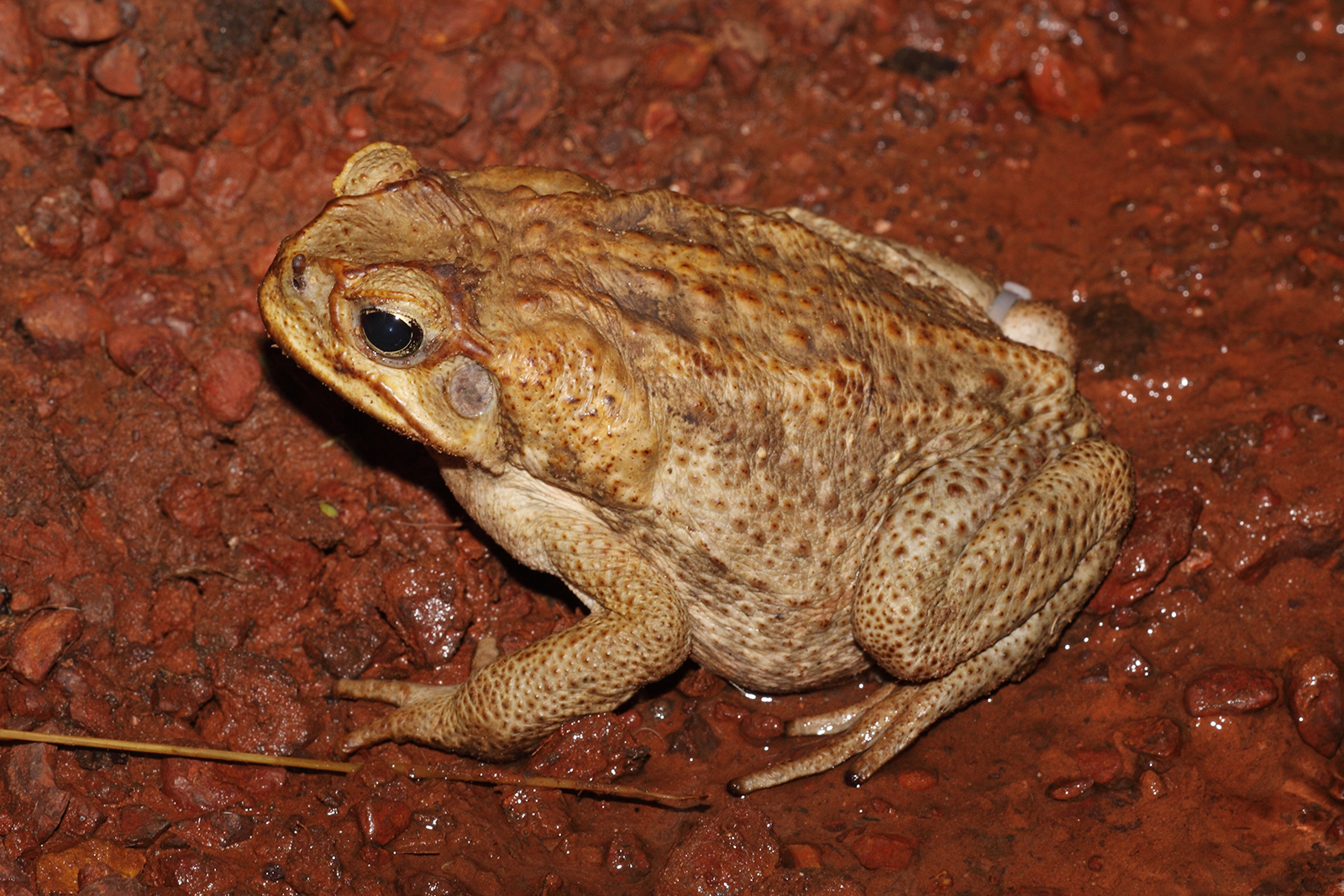
These sizable amphibians out-compete — and eat — an array of smaller native species. They’re also toxic, and can kill or incapacitate family pets. The hefty toads are native to South and Central America, but have been introduced to a variety of other countries as a pest control method.
Homeowners that can find and identify a cane toad on their property are encouraged to euthanize the animals by placing a strip of benzocaine ointment (used for toothaches) down their backs and putting them in a freezer for 3 days.
Green iguanas
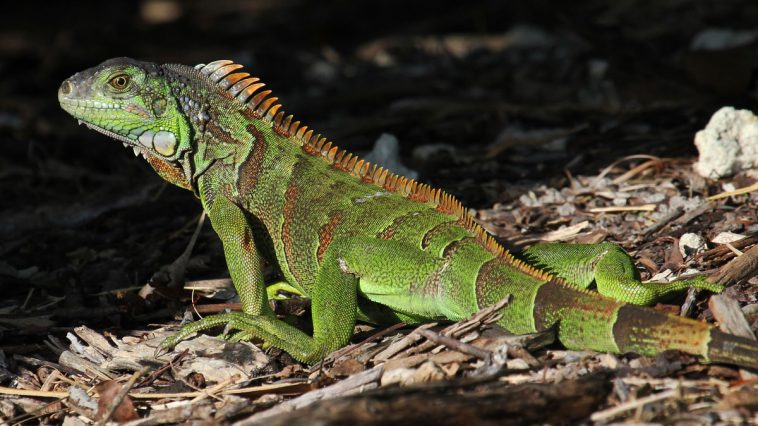
This (mostly) vegetarian iguana native to the Caribbean and Central and South America is surprisingly one of Florida’s most destructive invasive species. Their hefty appetite for greens had led to the destruction of lawns and gardens all over the state. Not only do they destroy landscapes, they burrow under sidewalks, foundations, and sea walls — and frequently defecate in pools. The reptiles are excellent swimmers and easily navigate the man-made canals that stretch across the state.
Squirrel monkeys

Like vervet monkeys, squirrel monkeys were released in an attempt to bring visitors to the area. Others were introduced when small zoos and attractions closed. The free-ranging monkeys native to the tropical forests of Central and South America have been breeding in a variety of counties since the 1950s, and are commonly spotted by Florida residents.
Rhesus macaques
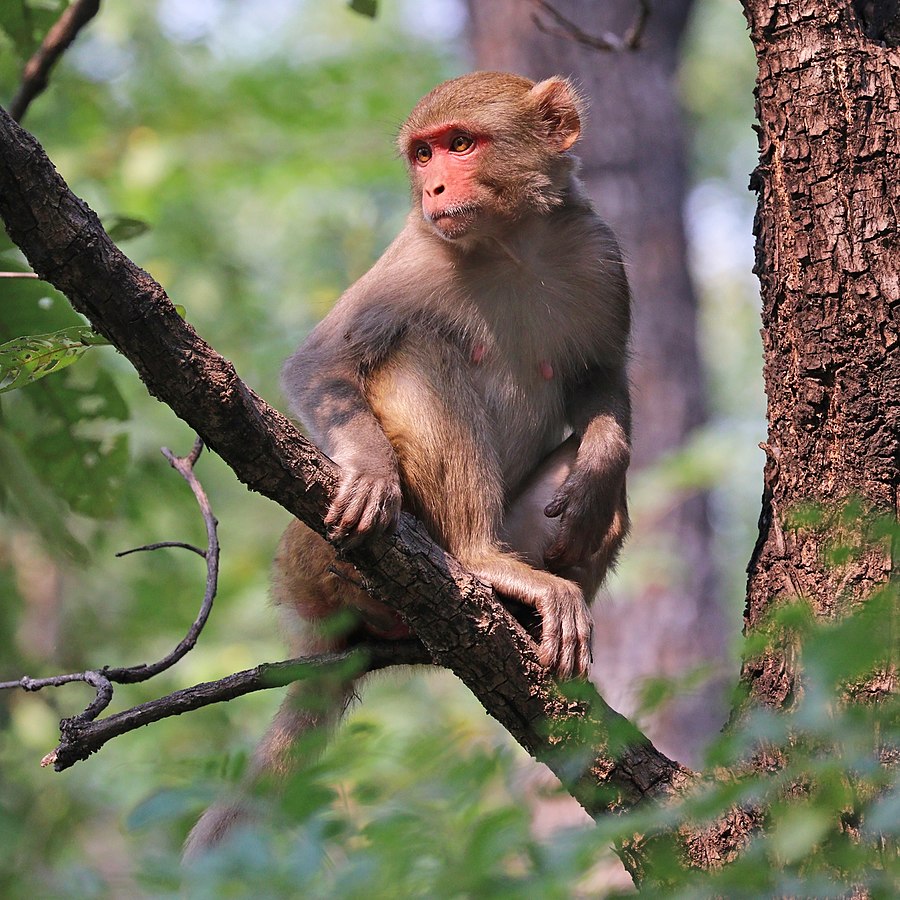
Troops of “feral” rhesus macaques are making their way around Central Florida, settling into backyards and aggressively threatening tourists. Native to Asia, rhesus macaques were released into Silver Springs State Park as a way to bring in tourists. Six more were introduced in the late 1940s, adding to the growing population.
The macaques were initially put onto an island, but easily swam to surrounding forests and neighborhoods. There are now roughly 200 of the primates in the state park alone, with 70+ having been sighted in surrounding counties. State officials are urging the public not to interact or feed the monkeys, as they may carry diseases contagious to humans.
Argentine tegu
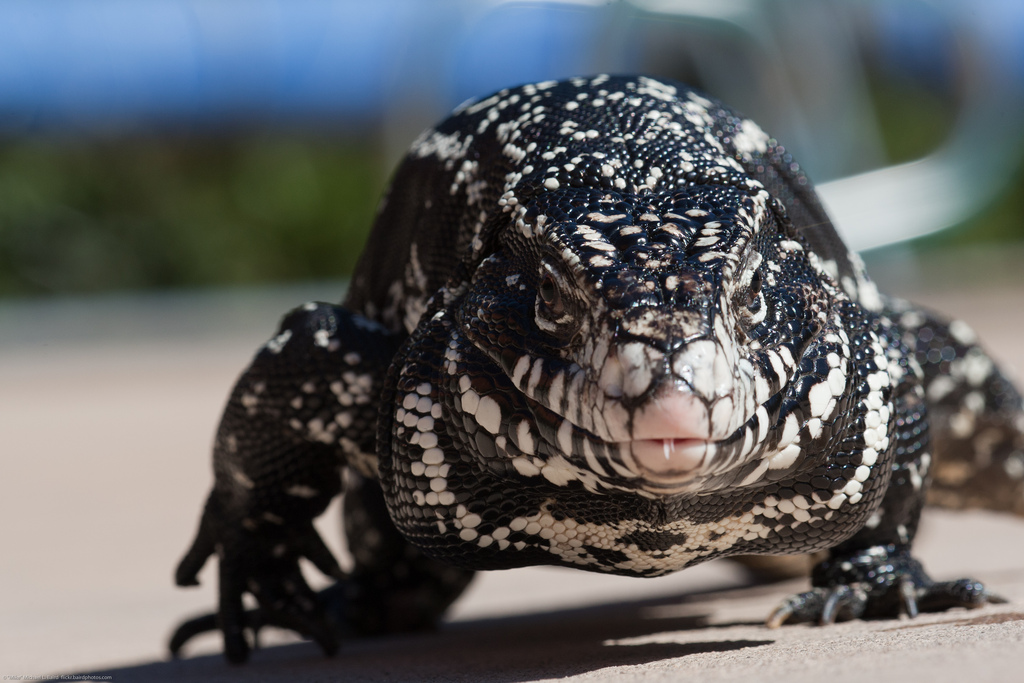
These hearty lizards decimate native species and even target cats and dogs, making them one of the most problematic invasive species in the Sunshine State.
The large reptiles are popular as pets and often released when owners can no longer care for them, which contributes to the ongoing problem. Unlike other cold-blooded invasives, these guys can survive in temperatures as low as 35 degrees, making them more likely to spread to other parts of the country.
Burmese python

The Burmese python is one of the largest snakes in the world, and unfortunately now calls South Florida home. The semi-aquatic species continues to take over the Everglades, feeding on a variety of native species. Native to Southeast Asia, the snakes are popular in the pet trade; Many owners end up releasing the snakes when they no longer wish to care for them, resulting in the now booming population. It’s thought that several individuals may have escaped a breeding facility during Hurricane Andrew in 1992, contributing to the problem.
Watch this video to see the python in action:
Vervet monkeys
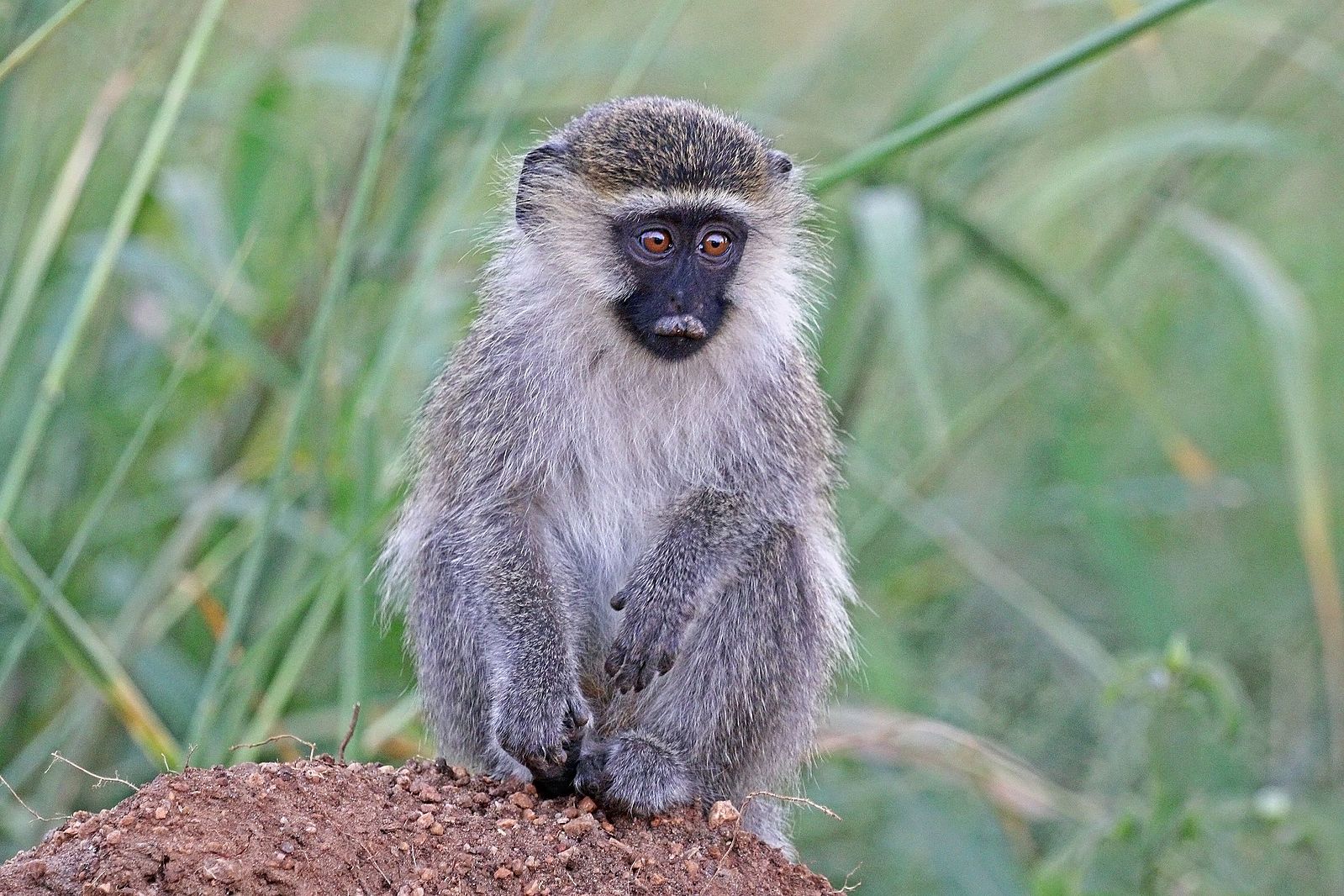
Who knew there were monkeys in Florida? Officials have reported that two troops of over 120 vervet monkeys native to Africa have made Broward County their home. Released in 1950s from a tourist attraction, the omnivorous, opportunistic monkeys have since been thriving in the mangrove forests near Dania Beach.
While the monkeys are invasive, the community in general actually enjoys their presence, and even offers them occasional fruit.
Common boa
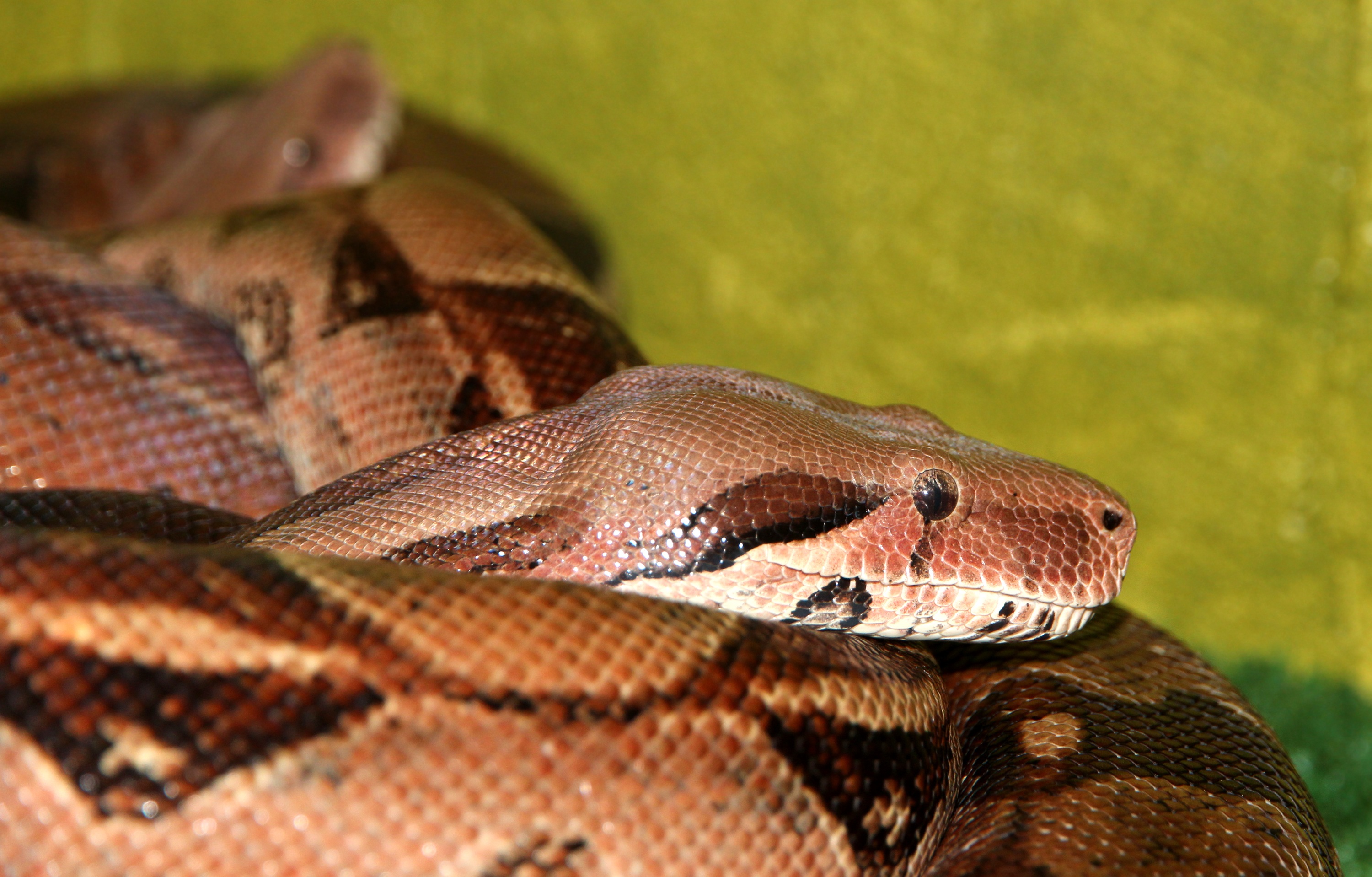
Popular in the pet trade, countless boas have been released by owners or have escaped enclosures, creating a widespread problem across the state. Supposedly, one boa enthusiast wanted to establish the species in the Everglades, so he released an unknown number of juveniles into the area.
Boas are powerful constrictors and dine on a variety of ground and tree-dwelling native species.
Walking cat fish
These freshwater fish native to southeast Asia have voracious appetites, and readily consume numerous native fishes, crustaceans and their eggs. The sneaky species likely made its way into the wild by escaping aquariums or aquaculture facilites. They can easily navigate a variety of surfaces, especially after a heavy rainfall. They’ve been recorded walking into aquaculture tanks and consuming everything inside, and apparently do this on a regular basis.
Because these fish can survive months without food in stagnant water, they’re not easy to destroy. They’re also particularly difficult to handle due to their slippery covering of mucus.




